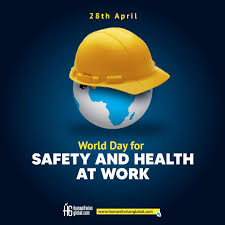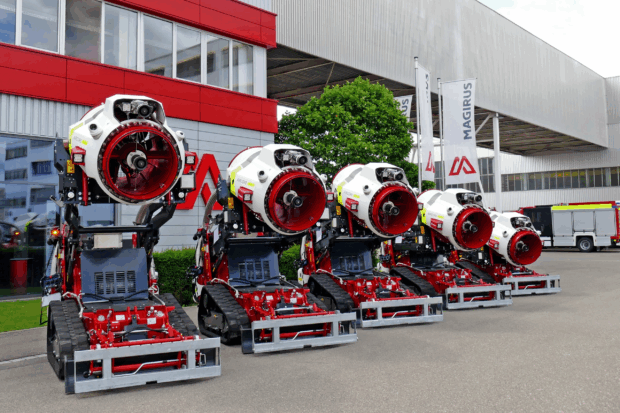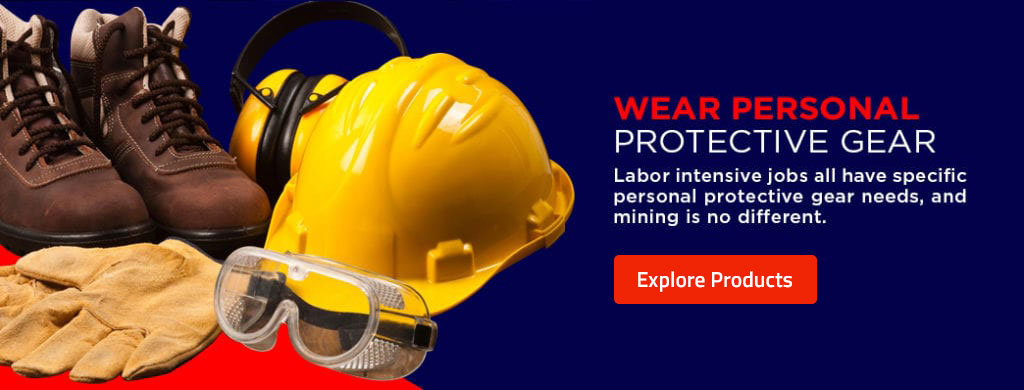“Safety First: Case Studies of Successful OHS Initiatives Across Industries”.In a rapidly evolving global economy, the importance of Occupational Health and Safety (OHS) has become paramount. Across industries, businesses are implementing innovative measures to protect workers, prevent accidents, and foster a culture of safety. Here are some standout examples of successful OHS initiatives that have set benchmarks for others to follow.
1. Manufacturing: A Predictive Approach to Preventing Accidents
At XYZ Manufacturing in Michigan, a data-driven safety program has dramatically reduced workplace injuries. The company implemented predictive analytics tools to identify high-risk behaviors and accident-prone zones on the factory floor. By analyzing real-time data from sensors, they could pinpoint hazards before they escalated. Over two years, this initiative led to a 40% reduction in workplace incidents, underscoring the power of technology in improving safety.
2. Construction: Embracing Wearable Technology
In the high-risk world of construction, ABC Constructions adopted wearable technology to monitor workers’ health and environmental conditions. Smart helmets equipped with sensors measure fatigue, heat stress, and proximity to dangerous machinery. The technology alerts workers and supervisors of potential dangers, enabling immediate action. As a result, the company reported a 50% drop in heat-related illnesses and a 30% reduction in machine-related injuries in the first year of deployment.
3. Healthcare: Building Resilience Among Staff
Healthcare professionals often face burnout and ergonomic challenges. DEF Health Network launched a holistic program focusing on mental health and physical well-being. The initiative included stress management workshops, ergonomic workspace redesigns, and flexible scheduling to prevent burnout. Surveys showed an 85% improvement in staff satisfaction and a noticeable decrease in musculoskeletal complaints.
4. Transportation: A Zero-Tolerance Policy for Fatigue
The logistics industry often struggles with driver fatigue, a major cause of accidents. GHI Logistics introduced a zero-tolerance fatigue management system that combined AI-powered monitoring and mandatory rest periods. Dashboard cameras with AI capabilities track signs of drowsiness, while an enforced scheduling system ensures drivers get adequate rest. Since its implementation, the company boasts a 75% decline in fatigue-related incidents.
5. Technology: A Culture of Continuous Learning
Tech giant JKL Innovations implemented a gamified safety training platform to engage employees. The platform uses virtual reality (VR) to simulate emergency scenarios, from fire drills to chemical spills. Employees earn rewards for completing training modules, fostering a sense of achievement. This approach led to a significant boost in training participation rates, with over 95% of staff completing mandatory safety modules on time.
Key Takeaways
The success of these OHS initiatives highlights the importance of innovation, employee engagement, and leadership commitment to safety. From leveraging technology to fostering mental well-being, these case studies demonstrate that safety is not just a compliance issue but a strategic priority.
As industries continue to evolve, the lessons from these initiatives can serve as a blueprint for organizations aiming to prioritize the health and safety of their workforce. After all, a safe workplace is a productive workplace, and the value of a well-protected workforce cannot be overstated.











